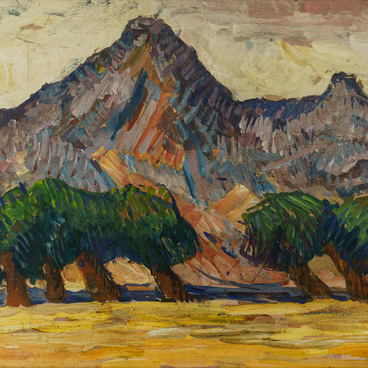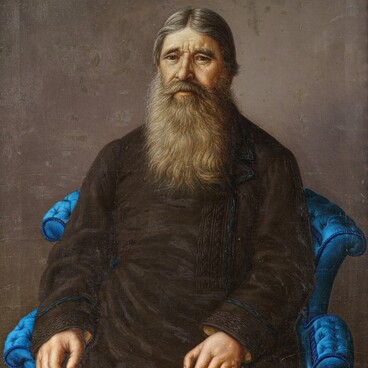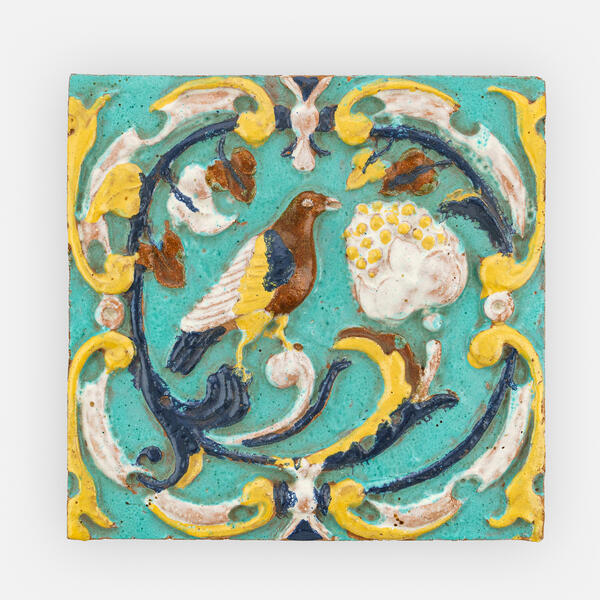Andrey Afanasyevich Yegorov was a Russian watercolor artist. He was born into a family of farm laborers, descendants of Tver peasants who had been transferred to the vicinity of Reval (now Tallinn) by Peter the Great. The future artist spent his childhood in the Estonian village of Aruküla. At a young age, he suffered an injury that resulted in the loss of speech and hearing. However, it did not prevent him from becoming an artist.
Andrey Yegorov received his first artistic instruction at a school for the hearing impaired in St. Petersburg, where teachers noticed his artistic talent. The future artist studied at the Drawing School of the Society for the Encouragement of Arts at the expense of the St. Petersburg Society of the Deaf. Due to financial difficulties, he was forced to interrupt his studies for two years and work as a carpenter at a furniture factory. After a break, in 1902, Andrey Yegorov entered the Imperial Academy of Arts as a non-matriculated student. In 1903, he joined the classes at the studio of Ilya Yefimovich Repin.
Andrey Yegorov’s style was defined by the Russian realist school. He painted landscapes, scenes of rural life, and portraits. He lived in Estonia, traveled extensively throughout Russia, and visited Sweden and Finland.
In some of his most prominent works, Andrey Yegorov depicted the Estonian winter with its crystal clear, fresh, and frosty air and endless blue sky.
Andrey Yegorov often showed scenes of everyday life in the village, such as fishermen in boats, young men riding horse-drawn carts, and farmers doing the weeding. Having grown up in a village, he was familiar with all of this since childhood.
“Winter on the Estate” belongs to a series of paintings depicting everyday life
in the countryside. On a sunny winter day, a horse is pulling a sleigh down a
snowy road, bringing a lonely villager home. Andrey Yegorov paid close
attention to details, skillfully depicting a frosty day and demonstrating a
nuanced play of light and shadow on the snowy road and snowbanks. In this way,
he conveyed the atmosphere of cold sunny weather, allowing the viewer to feel
the freshness of a frosty day. The painter’s skill lies in the ability to
express personal feelings in the images of a native village or town, creating a
powerful artistic image.




